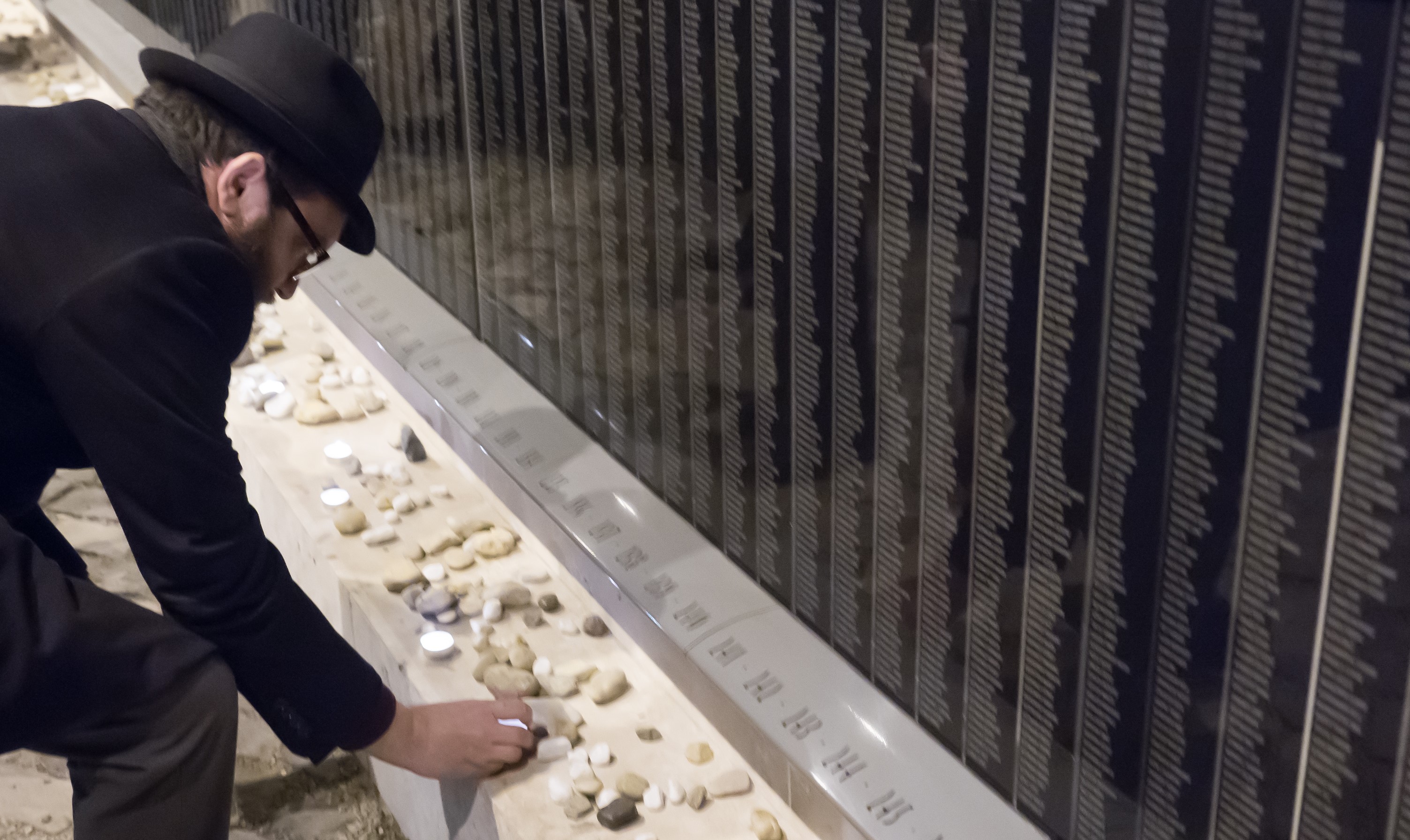Virtual reality brings Holocaust history to future generations
With the film "Triumph of the Spirit", seen through a virtual reality headset, viewers find themselves in the Auschwitz Nazi death camp. More than 1.1 million people, around 90% of them Jewish, were killed at Auschwitz, one of a network of camps run by Nazi Germany on occupied Polish soil during World War Two. The site is open to visitors as a memorial and museum.

For those who survived the Holocaust, the memories can never be erased, but their generation is dying out. Educators and historians are looking for new ways to keep their experience alive and connect to younger people. With the film "Triumph of the Spirit", seen through a virtual reality headset, viewers find themselves in the Auschwitz Nazi death camp.
More than 1.1 million people, around 90% of them Jewish, were killed at Auschwitz, one of a network of camps run by Nazi Germany on occupied Polish soil during World War Two. The site is open to visitors as a memorial and museum. Using virtual reality, viewers see the same things without travelling.
"You see the shoes of the people, you see ... all of their stuff," said David Bitton, a 16-year-old Jewish seminary student after watching the film in Jerusalem. "When you watch it it’s like a nightmare that you don’t want to be in.” A report by the World Zionist Organization ahead of Friday's International Holocaust Remembrance Day describes a rise in global anti-Semitism after the COVID-19 pandemic created a "new reality" as activity diverted to social networks.
Indeed, nearly a quarter of Dutch people born after 1980 believe the Holocaust was a myth or that the number of its victims was greatly exaggerated, a survey published this week by an organisation working to secure material compensation for survivors showed. The three film-makers behind the project hope that technologies like VR will have a positive impact. They are offering the experience to groups who can book a screening and individual users can watch the film at a mall in Jerusalem.
"The fact that ... young people are into this technology, it helps us capture their attention and then when they put these headsets on, that’s it," said co-creator Miriam Cohen. Viewers get a guided tour of Jewish life in Poland before the Holocaust, visit the Nazi extermination camp and then a tour of Israel while hearing survivor stories.
For Menachem Haberman, 95, who was sent to Auschwitz in 1944 on a cattle train, the immersive experience was overwhelming. He cried as he removed the VR goggles. His mother and six siblings were killed in the camp's gas chambers. He survived and was sent to a different concentration camp that was liberated in 1945. He later moved to Israel.
He recalled an area where medical experiments were conducted on prisoners and a wall in front of which people were shot. "I felt like I returned to that same period from the start," he said. "I saw all these things, and I was reminded of some things that to this day I can't forget."
(This story has not been edited by Devdiscourse staff and is auto-generated from a syndicated feed.)
ALSO READ
US looking at report that Israel used AI to identify bombing targets in Gaza
Israel approves reopening of Erez crossing to allow more humanitarian aid into Gaza
Gaza war: countries selling Israel weapons are violating international law – legal expert
Israel military using AI to bomb targets in Gaza: Report
Israel approves reopening of Erez crossing into Gaza, use of Ashdod port for aid










